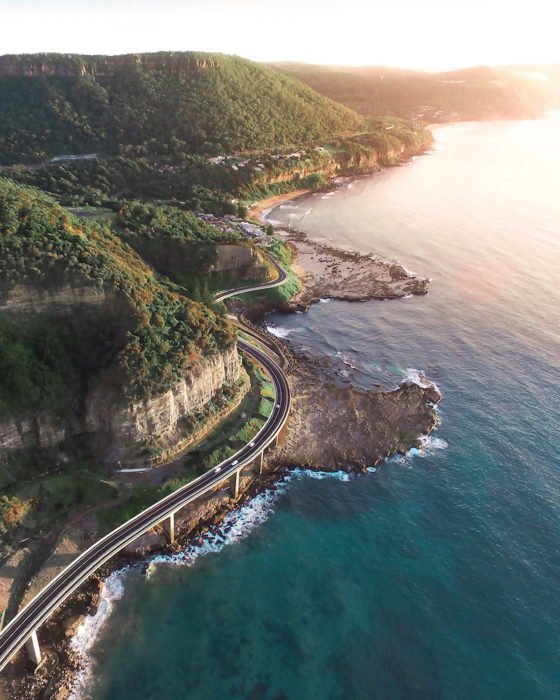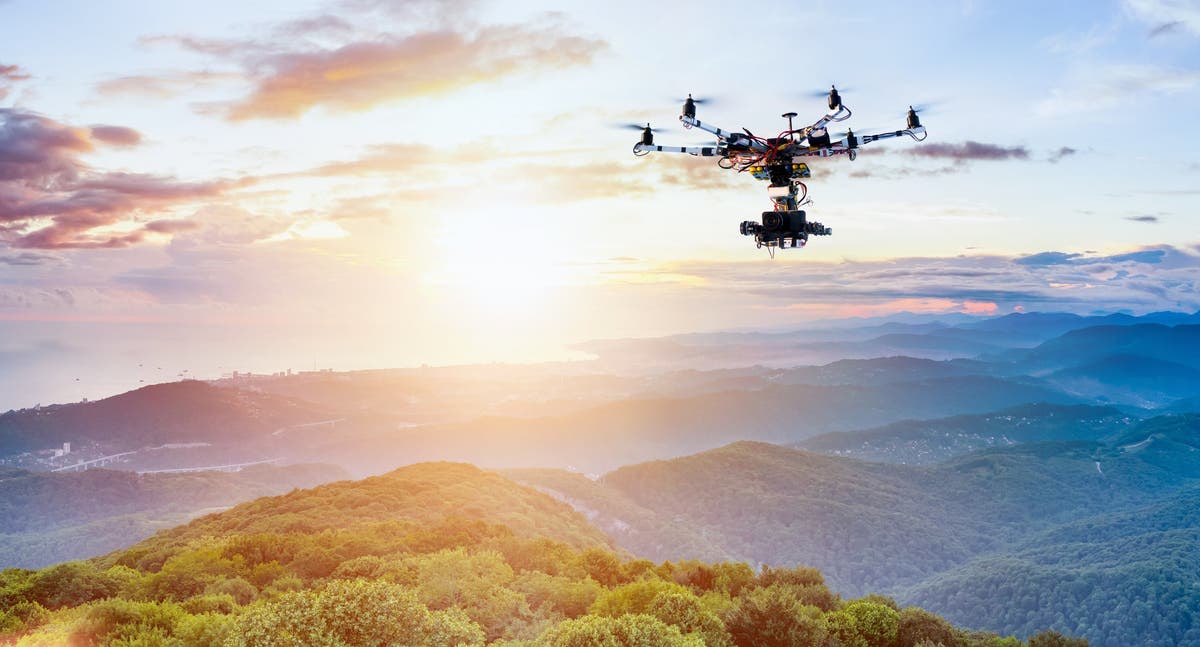Get the Best Views with a Real Estate Drone Photographer for Listings
Get the Best Views with a Real Estate Drone Photographer for Listings
Blog Article
Transform Your Point Of View: The Art and Science Behind Drone Digital Photography
Drone digital photography represents a significant junction of artistic vision and technological development, allowing creators to record viewpoints formerly unattainable. Comprehending the mechanics of drone innovation, from tools selections to structure strategies, is crucial for achieving compelling imagery. Factors to consider such as lighting and environmental problems can profoundly affect the final end result. As professional photographers improve their abilities in both aerial technique and post-processing, they open a richer narrative possibility. Yet, what genuinely distinguishes effective drone digital photography from plain airborne pictures? Discovering this inquiry discloses much deeper understandings right into the craft and its evolving landscape.
Comprehending Drone Innovation
Comprehending drone modern technology is crucial for any individual curious about harnessing its abilities for photography. Drones, or unmanned aerial cars (UAVs), count on a combination of software and hardware to attain flight and capture imagery. At their core, these tools are outfitted with sensors, cams, and navigating systems that enable them to fly autonomously or be managed from another location.
The key components of drone innovation include the flight controller, which serves as the brain of the drone, refining data from different sensing units to guarantee stable trip. In addition, general practitioner innovation plays an important role in navigation, allowing drones to comply with pre-defined flight courses and maintain their position even in challenging problems.

Additionally, comprehending the governing landscape surrounding drone use is important, as it governs where and how drones can be run, making sure safety and security and compliance. Knowledge with these aspects of drone modern technology encourages digital photographers to optimize their innovative capacity while sticking to lawful standards.
Essential Tools for Drone Photography
Choosing the best equipment is vital for attaining exceptional results in drone digital photography. At the heart of this arrangement is the drone itself, which ought to be picked based upon flight stability, video camera top quality, and convenience of usage. Popular versions often include built-in high-definition cams that record stunning aerial images.
Along with the drone, spending in a high-quality electronic camera is vital. Many drones come outfitted with video cameras capable of capturing in 4K resolution, but for professional-grade results, think about a drone that allows for compatible cameras or sustains bigger sensors. This versatility can considerably enhance picture high quality.
Stabilization is one more crucial element. A three-axis gimbal is recommended for smooth video, reducing vibrations that can interfere with photo quality. In addition, additional batteries and a reputable battery charger make sure extended trip time, permitting for more comprehensive shoots.
Grasping Structure Techniques
Understanding structure strategies is fundamental to boosting your drone digital photography from ordinary to phenomenal. A well-composed picture captures the audience's interest and communicates a powerful narrative.
Among the vital principles to take into consideration is the rule of thirds, which includes dividing your frame into a grid of nine equivalent components. Positioning vital aspects along these lines or at their crossways produces visual rate of interest and balance. Furthermore, leading lines can guide the visitor's eye with the picture, accentuating the subject and adding depth.
An additional efficient strategy is mounting, where natural environments such as trees or buildings enclose the topic, enhancing the focal factor. This technique not only offers context but additionally produces a feeling of intimacy within the scene.

Last but not least, always bear in mind the horizon line. A crooked perspective can take away and sidetrack from an otherwise captivating photo. By mastering these structure methods, you can significantly boost the impact of your drone photography.
Lights and Weather Condition Factors To Consider
In drone photography, the interplay of lighting and climate can substantially influence the quality and mood of look here your pictures. Optimal lights problems are vital; the gold hours-- soon after sunrise and prior to sunset-- offer soft, diffused light that improves colors and minimizes extreme shadows. Throughout these times, the landscape shows up extra dynamic and lively, permitting awesome aerial shots.
Conversely, cloudy skies can create a flat, low-key scheme, yet they can likewise give even lighting that reduces comparison and highlights details in the environment. This can be advantageous for catching textures in metropolitan setups or elaborate patterns in nature.
Weather problems, such as haze, rain, or snow, can likewise add one-of-a-kind aspects to your digital photography. Fog can create a sense of enigma, while rainfall can improve colors and fill the landscape. However, it is important to consider the safety of your drone; flying in negative weather can cause tools damages or loss of control.
Eventually, understanding exactly how lighting and weather condition impact your airborne shots permits you to pick the ideal problems for your drone digital photography, making sure aesthetically striking and compelling photos.
Post-Processing Tips and Tricks
After catching stunning airborne photos, the next step entails refining those shots through post-processing. This critical stage enhances the visual influence of your photographs, permitting you wikipedia reference to highlight the one-of-a-kind point of views that drones provide.
Beginning with software application tools like Adobe Lightroom or Photoshop, which offer robust modifying capabilities. Begin by dealing with exposure and white balance to ensure that your shades appear true to life. Make use of histogram checks to accomplish ideal brightness degrees, preventing overexposure or loss of detail in darkness.
Next, visit the site improve contrast to add deepness to your photos. Changing clarity can sharpen essential information without introducing noise, which is especially beneficial in aerial shots where appearance plays a significant duty. Do not avoid chopping; this can aid focus the customer's focus on the primary subject.
Shade grading is another powerful device. Explore saturation and vibrance to make the landscape pop, however use these modifications carefully to preserve a natural look. Take into consideration using a small vignette to assist the visitor's eye towards the center of the picture. By understanding these post-processing methods, you can elevate your drone digital photography to new elevations.
Conclusion

What really identifies effective drone digital photography from mere aerial pictures? Several drones come furnished with cameras capable of shooting in 4K resolution, however for professional-grade outcomes, think about a drone that permits for interchangeable cameras or supports larger sensing units. By grasping these composition methods, you can substantially improve the effect of your drone digital photography.
In drone digital photography, the interaction of lighting and weather can considerably affect the top quality and state of mind of your pictures (real estate drone photographer). By understanding these post-processing methods, you can boost your drone photography to new elevations
Report this page